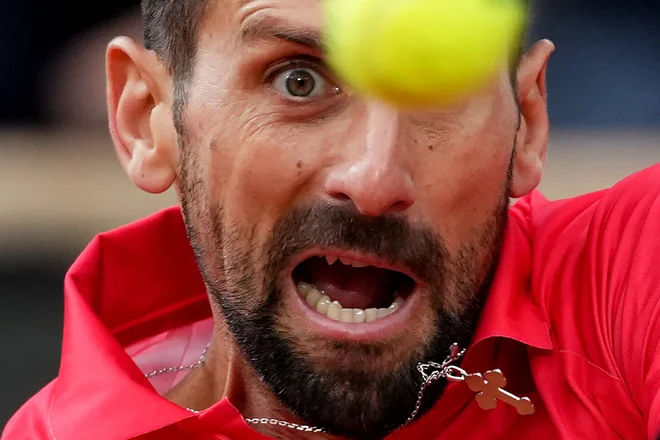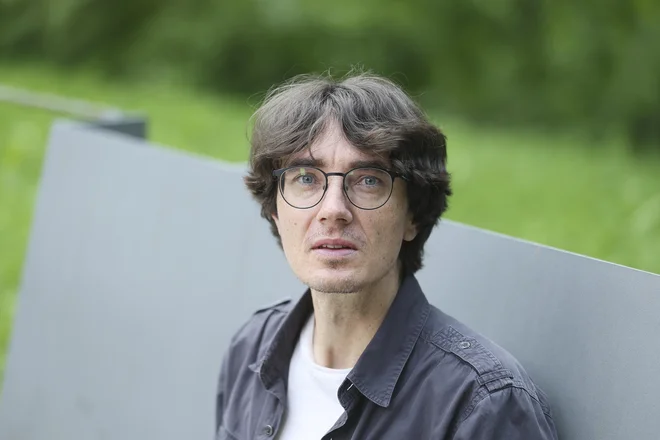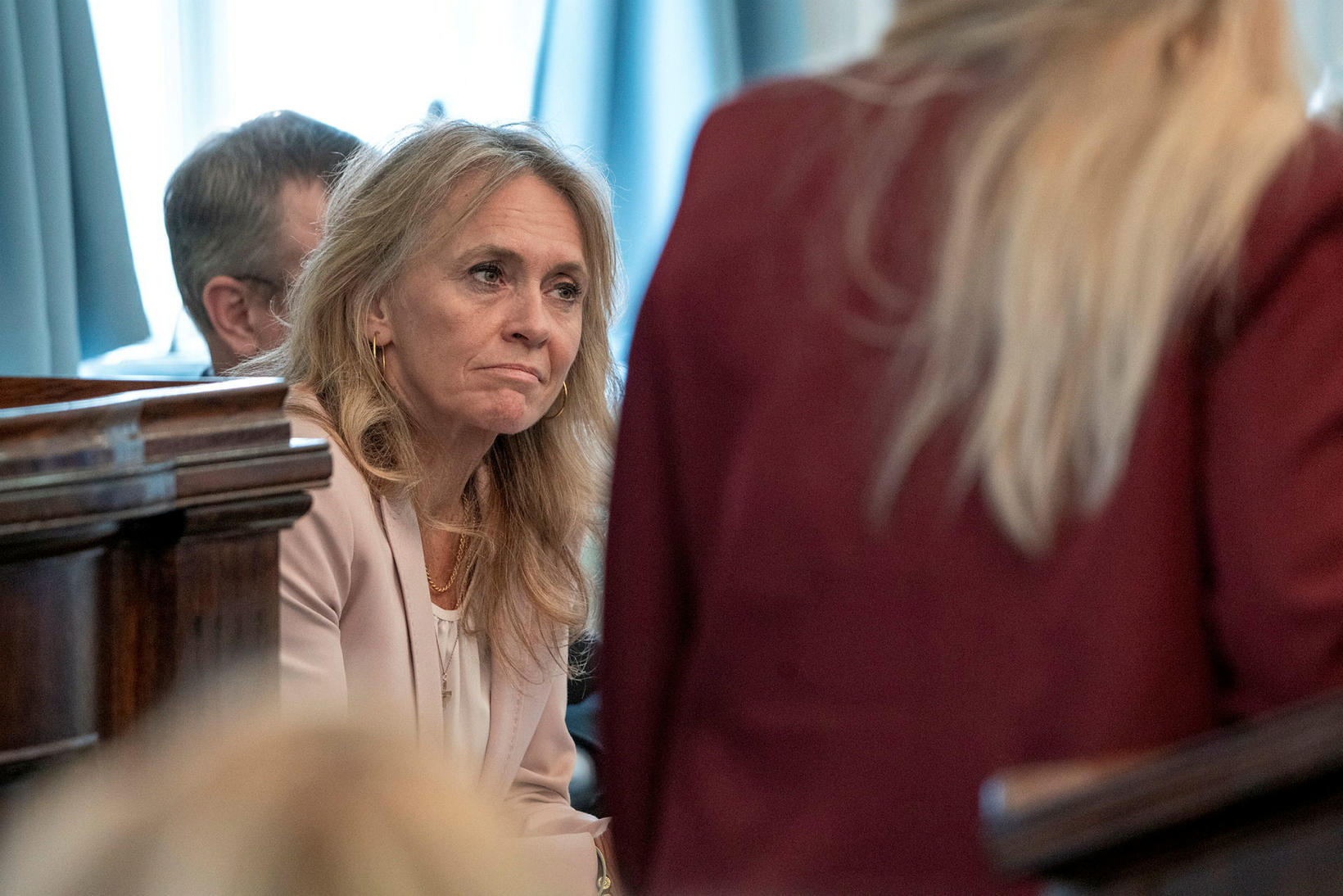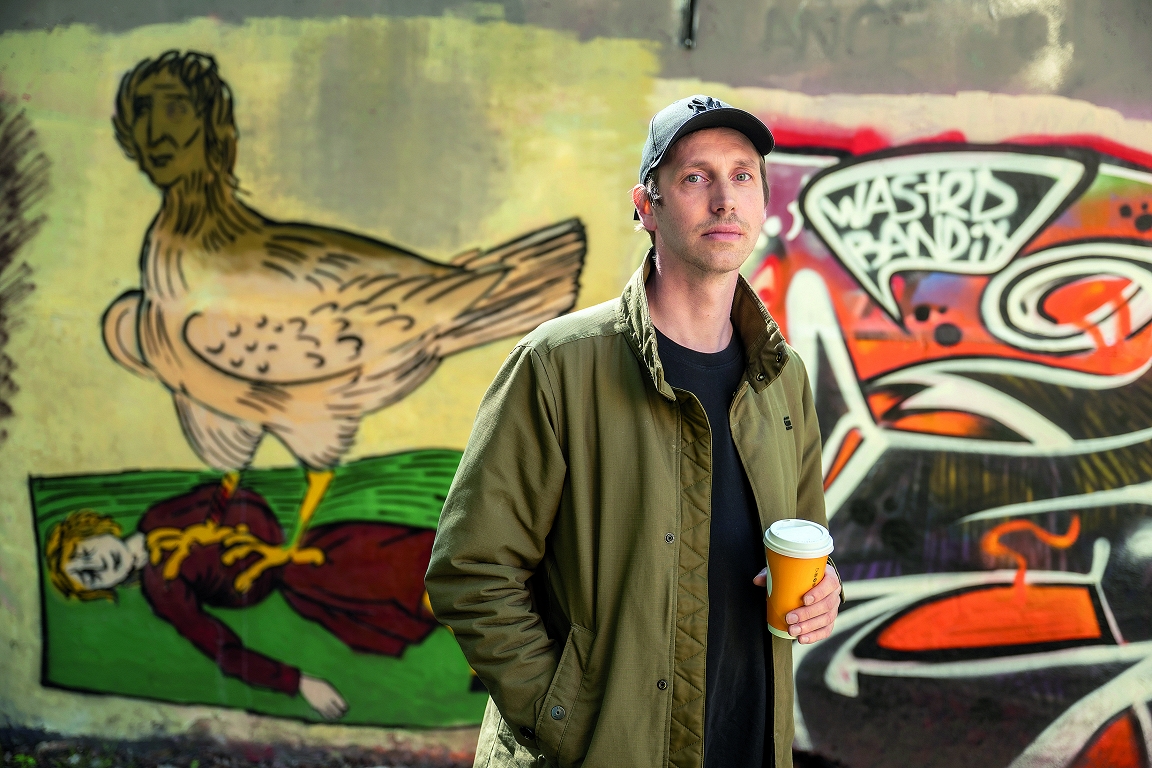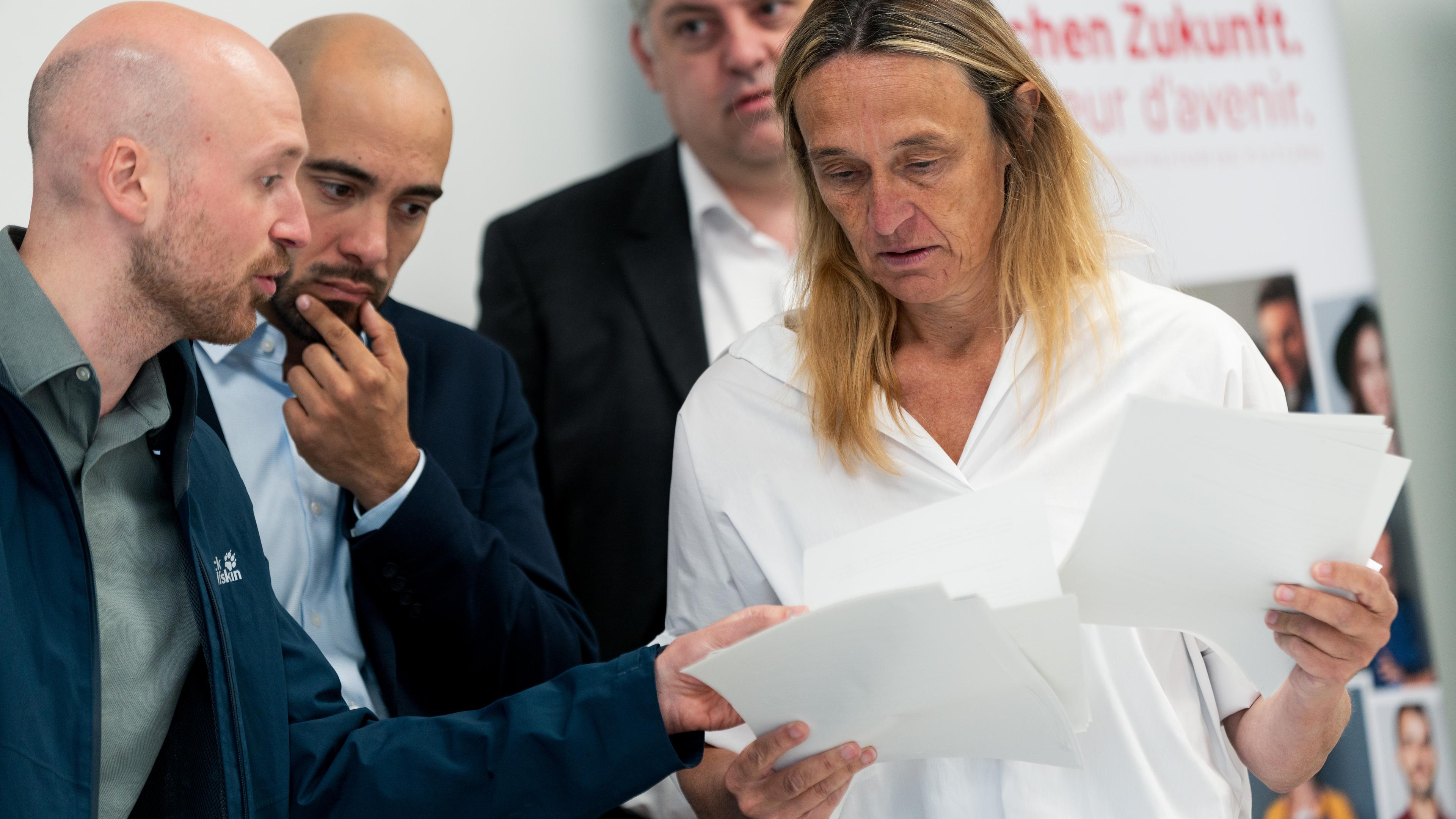One severe childhood burn can significantly increase the risk of cancer
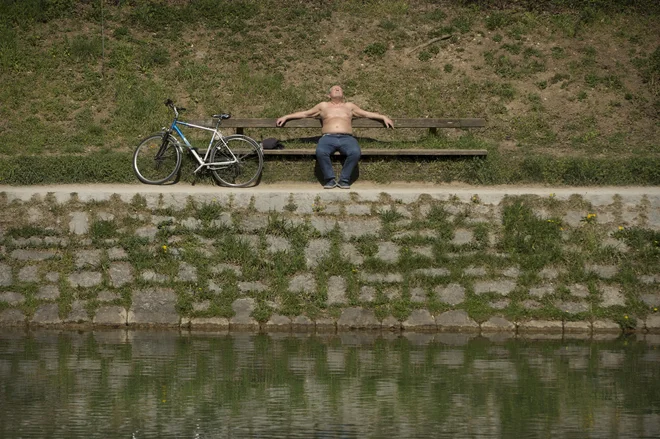
The number of new cases of skin cancer has been increasing in Slovenia in recent decades as well as elsewhere in the world. The main risk factor for skin cancer development, which is the most common cancer in humans, is to expose ultraviolet radiation: natural or artificial origin, according to the National Institute of Public Health (NIJZ) on the website. The modern way of spending leisure with frequent, often over -exposure to the sun or UV radiation is the main cause of increasing the number of skin cancer.
Number of cases of skin cancer It is expected to increase by nearly 40 percent in Europe by 2025 and reach 680,000 cases a year, according to the International Cancer Research Agency (IARC). Already one severe childhood burn can double or significantly increase the risk of one of the types of skin cancers.
It is a burn or skin burn, which is a result of blisters. Skin remembers this, so the likelihood that one of the forms of skin cancer develops significantly higher than if there were no burns, it is for Work explained the dermatologist prof. dr. Igor Bartenjev. Therefore, it is crucial for children or their parents to treat themselves in the earliest childhood.
The Association of Slovenian Dermatovenerologists 18. A year in a row, it organizes a preventive campaign to raise awareness of skin cancer, as well as the importance of proper protection against the harmful effects of the sun. This is an initiative that takes place within the European Campaign Euromelan 2025.
The campaign is an integral part of the European Preventive Campaign, organized by the European Dermatooncology Association (EADO) in cooperation with the Melanoma Research Foundation (MRF) and the Global Coalition to Represent Melanoma (GCPA).
As part of the preventive campaign, some of the dermatological clinics will also perform free preventative examinations of patients with suspicious skin signs in May. Information on this will be available in the second half of April at their website.
As part of the campaign, they will be alerted by media content; About the importance of proper protection against harmful sunburs, regular self -examination of skin signs and early detection and treatment of skin cancer.
According to the Euromelans in a press release, it has improved significantly since organizing such campaigns in the last 25 years. There is greater survival of patients with skin cancer than it was in the previous generation, but, however,, as they point out, the number of cases of skin cancer is still increasing.
Therefore, the leading European organization to raise awareness of Euromelanoma skin cancer is launching a pan -European campaign to limit the number of skin cancer cases.
In skin cancer, early detection is important, that is, observation of skin changes, as in most cases we can successfully treat skin cancer. Photo: Jure Eržen
More skin cancer will be because the population is old
Dermatologist dr. Bartenjev, who leads the campaign in our country, noted that these predictions are about a severe cancer case Euromelanoma horrifying and not being scared of people on his own.
“When it comes to skin cancer, many in their heads light up the term melanoma. However, we have many types of skin cancer. One is basal cell carcinoma, which is mild form of cancer and curable in 99 percent; These types of cancer will be more because the population is aging. Our skin is the most sensitive in the early years, that is, in childhood and adolescence, the most harmful radiation is obtained until 20 or 25 years of age. For decades, however, these cells change. And as more and more people will be old, there will be more of these types of cancers, « he is for Work explained the bars.
Skin cancer is divided into non -melanoma and skin melanoma. According to the Institute of Oncology in 2021, 4377 people were ill with the Institute of Oncology in 2021 and 633 people behind the skin melanoma.
This year’s preventive action slogan reads « Protect the future of our children, so we protect their skin today. » Bartenov points out that the poison makes a dose: “We have to be careful not to burn us, and to fear sunburn. These most often occur between 10 respectively and 11 and 16 and 5pm or 5pm. At that time, care should be taken that children are not directly exposed to the sun for a long time and that they are protected from the sun: preferably with clothes, but if this does not go, with the means of protection that should be renewed or applied to two to three hours. «
Clinical data from 30 European countries collected as part of the Screen Cancer Screening Program – implemented Euromelan – show that only less than half of those respondents during intentional sun exposure or recreation and use in the work of sunscreens. Ten years ago, 66 percent did.
Dr. Barty’s from the clinic experience notes that we often behave extreme, so it appeals to a healthy middle path. Therefore, to protect the children and make sure that the sun does not burn them, while allowing them enough freedom and not limiting them too much by closing between four walls.

Prof. dr. Igor Bartenjev, Ph.D. honey. Dermatovenerology Specialist, Photo: Dejan Javornik
What should a protective factor be?
“If you were to smear ideal to go like a car through the paint shop, there is already enough factor 15. The SPF factor tells the multiple of time that will pass until the burn, if we are greased, compared to that if we were not. If I lie down in the sun unpaved, I will be burned in half an hour, and I will be as burned in seven hours if I apply with a factor 15. The factor 15 basically means 97 % of sunburn protection, « Bartenev explained.
However, in practice, we do not (on) the ideal. Therefore, experts advise higher protective factors because this achieves better protection. « Certain parts of the body, such as the nose, ears, forehead, bald, are even more exposed, and these are advised to apply them to a higher factor, » the dermatologist warned.
Light poles are more at risk than people with a darker complexion
“There are four types in Europe: the first is the one where the individual is always burned, never browned, and the type of four is the one who is always browned and never burned in the sun. In my experience, the type of our complexion is a decisive category, « said Barten. “When I was invited to Taiwan and India last year, where I had lectures on early discovery of melanoma, they did not want to have this lecture in India because they have no Melanoma, they have 40 times less in Taiwan. In Australia, however, there is a huge number of it. We cannot say that the sun is a decisive factor because it is also very important a complexion of the individual, « he added.
There is virtually no skin in Africa in Africa, but the sun is huge, which means that the type of complexion is of paramount importance. “Of course, we come from the assumption that most people are bright in Europe, it is no coincidence that people with a brighter complexion live in northern areas because there is less sun there. Burns and skin cancers are very associated with the type of complexion; Light poles are more at risk of developing skin cancer than blacks, « said the dermatologist.
How to observe skin changes?
In skin cancer, early detection is important, that is, observation of skin changes, as in most cases we can successfully treat skin cancer. As Bartenov explains, skin cancer is a problem if it is not detected in a timely manner, especially in malignant melanoma, sometimes called black cancer: « This is the most dangerous type of skin cancer that is pigmented, which means that it is usually black or. contains it. When such a change that looks like a growing sign becomes more than six millimeters, it should be paid to it. So if it increases and changes color into black.
“Other types of cancers, which are significantly more than melanoma, are recognized if pink-red changes occur on the skin, either peeling or not healing a wound. This one can scan, itchy, it is peeling. These wounds are usually exposed to parts of the body in the sun, while black cancer is not only in the sun exposed to body parts, but often, e.g. In women, on the lower extremities, and in men, anywhere, « Bartenjev added.
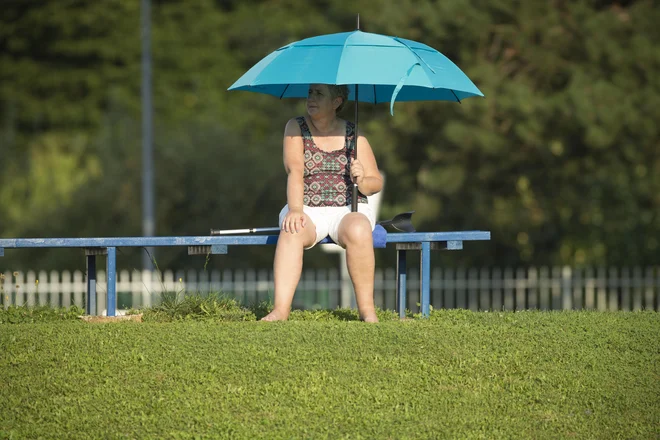
As part of the preventive campaign, some of the dermatological clinics will also perform free preventative examinations of patients with suspicious skin signs in May. Photo: Jure Eržen
How do students look at the burning and vision of tanning solariums?
Clinical data of euromelanoma, among other things, indicate to increase the number of people using solarium. Last summer, NIJZ published data from an online survey conducted in 2023, inviting students 3 and 4 years of all secondary schools in Slovenia to participate. 2751 surveys were properly completed. The survey was completed by more girls than boys.
As shown in the NIJZ publication, students are aware of the sensitivity of their skin when exposed to UV radiation. However, they are poorly aware of the possible harmful effects of exposure to UV radiation, including the fact that in Slovenia, a visit to the solarium under the age of 18 is advised not to visit.
The data showed that the students liked the burning the most, after sunbathing, a complexion (63 percent) was browned. A quarter of students are deliberately exposed to the sun, with a higher percentage of girls. Less than a third have been protected whenever they are exposed to the sun. According to the NIJZ, students are poorly implemented before sun protection. The solarium was attended by four percent of the students surveyed at least once until the survey was conducted, with 78 percent of minors during the first visit.

